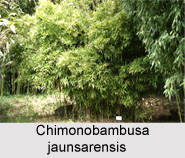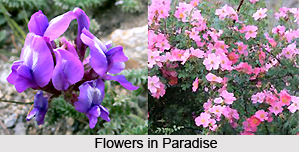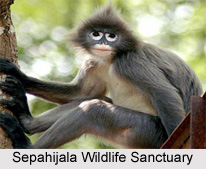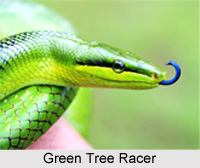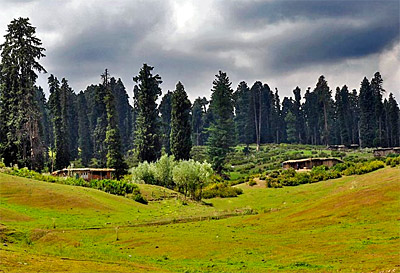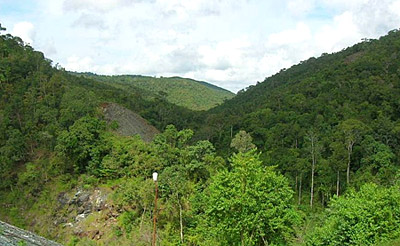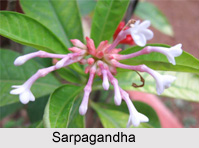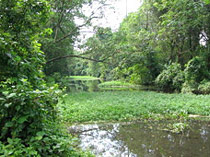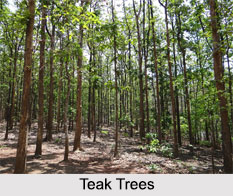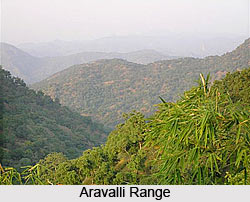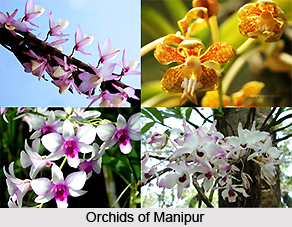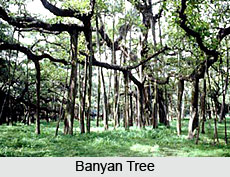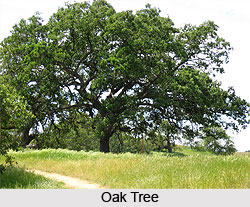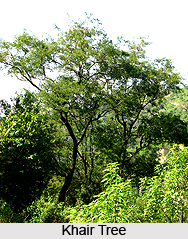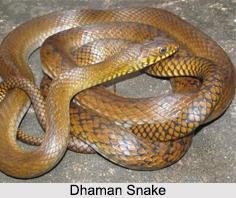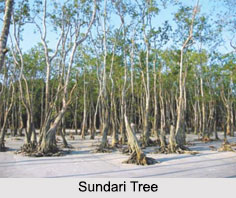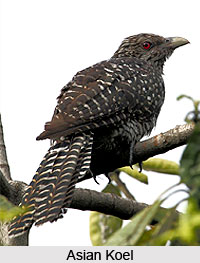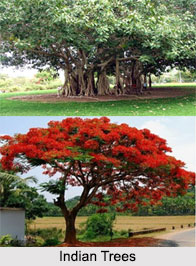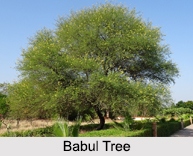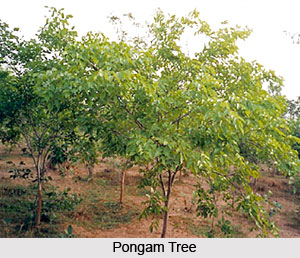 The `Pongam Tree` is known as one of the richest and brightest trees of India. The tree is named as `Pongamia Pinnata` in science. The name `Pongamia` has derived from the Tamil name, `Pinnata` that refers to the pinnate leaves. The tree is a member of the `Leguminosae` family. Its sub family is `Papilionaceae`. In Tamil, this is generally known as `Ponga`, `Dalkaramcha`, `Pongam` and `Punku`. The Sinhalese people call it `Kona` or `Karanda`. In both the languages of Bengali and Hindi, the people named it as `Karanj` or `Papar` or `Kanji`. The tree is `Unne` in Malayalam and `Pungu` in Telugu. It is called as `Karum Tree` or `Poonga Oil Tree` in English.
The `Pongam Tree` is known as one of the richest and brightest trees of India. The tree is named as `Pongamia Pinnata` in science. The name `Pongamia` has derived from the Tamil name, `Pinnata` that refers to the pinnate leaves. The tree is a member of the `Leguminosae` family. Its sub family is `Papilionaceae`. In Tamil, this is generally known as `Ponga`, `Dalkaramcha`, `Pongam` and `Punku`. The Sinhalese people call it `Kona` or `Karanda`. In both the languages of Bengali and Hindi, the people named it as `Karanj` or `Papar` or `Kanji`. The tree is `Unne` in Malayalam and `Pungu` in Telugu. It is called as `Karum Tree` or `Poonga Oil Tree` in English.
In the months of March and April, the `Pongam Tree` stands as painted in crimson colour for a week or so as the buds develop into wilted, new leaves and just after the leaves begin to grow mature, the tree attains a gorgeous glowing lime-green colour. At that time the whole tree looks fresher than most of the trees of the surrounding area. This is such a tremendous sight that you would prefer the most to see against the monotonous dustiness of the roads and fields. The `Pongam Tree` is being cultivated in a large number of gardens and along countless roads in India and is becoming one of the most admired City trees. It grows wild in the coastal forests throughout India and beside the streams and rivers.
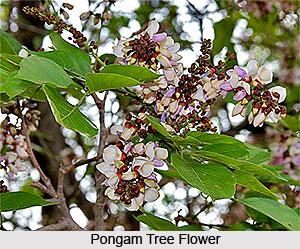 The `Pongam Tree` is a medium-sized tree that grows rapidly. It contains a rough and grey-brown bark. The new leaves develop and the flowers bloom in great numbers almost simultaneously in this tree. Though they are not striking, but the large amount of the short, pinkish sprays give to the attractive tree an additional charm. They remain half hidden in the midst of the leaves. The blooms are 1.3 cm in length and they mass along the ends of the long stems. These stems rise from the upper angle of the leaves. The flowers have a minute stem. They are loose and brown in colour and also bear a calyx that is shaped as cups. There are five white petals as well that are traced with pink or violet colour. Amongst them, the largest standard petal covers the other four petals that remain folded together. The flowers cover the ground with thousands of little white balls when they fall down just before they wither. The fruits of the `Pongam Tree` are some timber-like pods that grow about 5 cm in length. They are dark grey in colour and get matured just before the next lot of new leaves appears.
The `Pongam Tree` is a medium-sized tree that grows rapidly. It contains a rough and grey-brown bark. The new leaves develop and the flowers bloom in great numbers almost simultaneously in this tree. Though they are not striking, but the large amount of the short, pinkish sprays give to the attractive tree an additional charm. They remain half hidden in the midst of the leaves. The blooms are 1.3 cm in length and they mass along the ends of the long stems. These stems rise from the upper angle of the leaves. The flowers have a minute stem. They are loose and brown in colour and also bear a calyx that is shaped as cups. There are five white petals as well that are traced with pink or violet colour. Amongst them, the largest standard petal covers the other four petals that remain folded together. The flowers cover the ground with thousands of little white balls when they fall down just before they wither. The fruits of the `Pongam Tree` are some timber-like pods that grow about 5 cm in length. They are dark grey in colour and get matured just before the next lot of new leaves appears.
The nature has made sure that the distribution of the species is justified. Each of the seeds of this tree is covered with a strong raft. The raft looks like a rubber ship. The ground underneath the tree always remains covered with a crackling carpet. The leaves of the `Pongam Tree` have five, seven or nine oval-shaped leaflets that have pointed tips. The leaves are around 15 cm to 30 cm in length and each of the leaflets is short stalked. The leaf stems and the flower stems are normally puffy at their base. The `Pongam Tree` usually lopes to make sure a good, straight bole and people give these loppings to the cattle. However, they more often plough them into rice-fields as fertilizer. The well-decomposed flowers of the tree are used by the gardeners to strengthen the plants that require rich feeding.
A red oil obtained from the seeds of the `Pongam Tree` can be used in embrocating the skin diseases. People apply the juice of the roots to sores and also use to clean the teeth. The reason behind this is that, the juice contains some antiseptic qualities. The timber of this tree is yellowish white in colour and quite hard and rude. Though it is not that easy to work upon, but still people use this to make cartwheels and posts. It is used for fuel as well.
